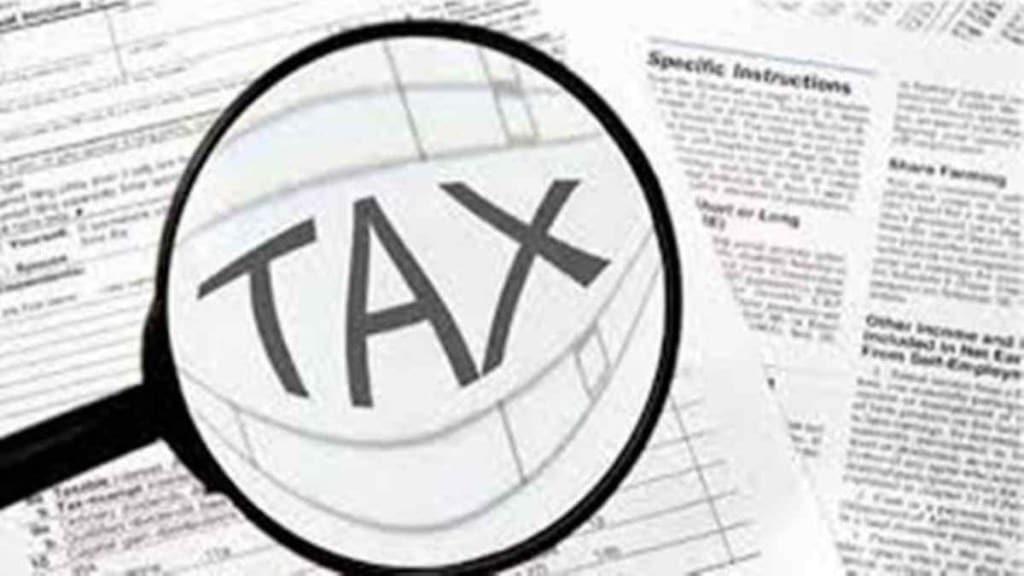– By Kulraj Ashpnani
“You must pay taxes. But there’s no law that says you gotta leave a tip” This famous quote by Morgan Stanley aptly reflects the sentiments of India Inc. when it comes to navigating the complexities of India’s tax laws. As India gears up to claim the 4th spot among the world’s largest economies by 2025, there is a pressing need to refine its tax regulations, particularly in the domain of indirect taxes with a specific focus to reduce the compliance burden on businesses.
In 2017, the Goods and Services Tax (GST) was introduced, consolidating several central and state-level indirect taxes under the promise of a “Good and Simple Tax”. Since its implementation, the country has witnessed significant advancements in tax administration, with record-high tax revenues. The government has also demonstrated its commitment to refining the law by issuing clarifications, providing relaxations, and adapting to new provisions. However, as with any transformative change, the GST regime still has room for improvement. The upcoming Union Budget 2025 presents an opportunity to address persistent challenges and streamline compliance further.
Rationalizing GST Rates: The GST framework introduced multiple tax rate brackets based on the classification of goods and services. While debates around GST on essentials like milk, rice, and bread often dominate public discourse, the broader impact and need for rate rationalization remain significant. A Group of Ministers was tasked with reviewing GST rates and proposing rationalization measures, but their recommendations are yet to be finalized. To minimize disputes arising from the multiplicity of rates, it is time to explore narrowing the number of tax brackets, creating a simpler and more equitable system.
Simplifying Administrative Structures: Taxpayers under GST often deal with a maze of authorities, including the Jurisdictional State GST, Jurisdictional Central GST, Audit Commissionerate, GST Anti-Evasion units, and the Directorate General of GST Intelligence. This complexity is compounded for businesses with multiple state registrations, even when the underlying issues are identical across jurisdictions. Similarly, under Customs Law, an import consignment might undergo scrutiny by multiple entities, such as Onsite Clearance Audit, Post-Clearance Audit, Preventive Wings, and Jurisdictional Officers. This multiplicity leads to inefficiency and delays. A centralized or unified authority to handle large taxpayers (in particular) and common issues could significantly streamline proceedings and reduce compliance costs.
Operationalizing the GST Tribunal: One of the most critical gaps in the current GST framework is the non-operational status of the GST Appellate Tribunal. While not been operative, taxpayers are still compelled to deposit 10% of the tax demand if an appeal against the Tribunal has to be filed (on top of the initial 10% filed at the Commissioner Appeals stage). The operationalization of the GST Tribunal would provide much-needed relief to businesses, and an announcement of its commencement date in the Budget 2025 speech would be a welcome move.
Addressing Delays in Refunds: Timely refunds are another area where implementation falls short. Under GST laws, proper officers are required to grant provisional refunds equal to 90% of the claim within seven days of acknowledgment and issue a final order within 60 days of receiving a complete application. However, in reality, refund applications often languish for months or even years before approval. There is hence a need of strict measures to monitor assessing authorities and enforce accountability in processing applications whether for registration, amendments, appeals, or refunds would align practice with intent and ease financial strain on businesses.
Expanding Input Tax Credit: One of the persistent demands from businesses is the relaxation of restrictions on input tax credit (ITC) for GST paid on certain expenses. The GST regime currently includes a curtailed list of negative items such as GST paid on goods and services used for construction activities, employee-related benefits, or certain non-business expenditures, where ITC is disallowed. Allowing ITC for such expenses would not only reduce operational costs but also encourage new investments and foster economic growth.
A Road Ahead: While India has made significant strides in indirect tax administration, the path to a truly seamless and business-friendly tax system requires continuous refinement. The Budget 2025 offers an opportunity to address systemic challenges, reduce compliance costs, and strengthen the trust between the government and taxpayers. With simplified tax rates, unified authorities, timely refunds, operational tribunals, and expanded input tax credits, India can inch closer to its vision of a truly “Good and Simple Tax”.
(Kulraj Ashpnani, Partner and Arun Futela, Principal, Dhruva Advisors LLP.)
(Disclaimer: Views expressed are personal and do not reflect the official position or policy of Financial Express Online. Reproducing this content without permission is prohibited.)

